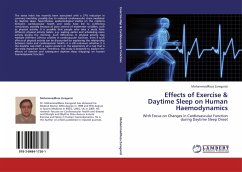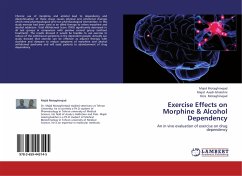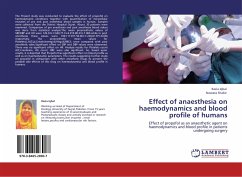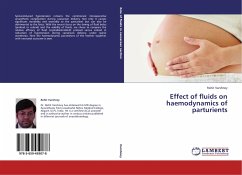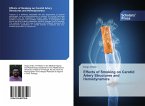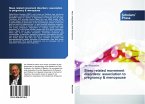The siesta habit has recently been associated with a 37% reduction in coronary mortality, possibly due to reduced cardiovascular stress mediated by daytime sleep. Nevertheless, epidemiological studies on the relations between cardiovascular health and siesta have led to conflicting conclusions, possibly because of poor control of moderator variables, such as physical activity. It is possible that people who take a siesta have different physical activity habits, e.g. waking earlier and scheduling more activity during the morning. Such differences in physical activity may mediate different 24-hour profiles in cardiovascular function. Even if such effects of physical activity can be discounted for explaining the relationship between siesta and cardiovascular health, it is still unknown whether it is the daytime nap itself, a supine posture or the expectancy of a nap that is the most important factor. Therefore, this study is designed to explore the effects of exercise and subsequentdaytime sleep (napping) on human haemodynamic function.

